That summer heat has arrived, and it is real. However, if you are opening all the windows and blinds to stay cool, not only are you doing it wrong, you could even be making the heat worse. What you can do instead, however, is adopt what is known as the “caveman method,” which is the exact opposite: close up the windows and blinds and turn your home into a regular Paleolithic lair to keep all the cool air in and bright light out.
The people we know as “cavemen” are actually Paleolithic humans who “lived in caves or simple huts or tepees and were hunters and gatherers,” according to The History Channel. But just as they had their caves, or cave-like dwellings, you’ll have yours too as you nestle into your cool, dark home that’s also filled with your own handmade paintings. Or, well, you can keep whatever decor you like, just remember the cool and dark part.

As Joseph Holman, the chief executive officer of sustainable door and window company Green Doors, told Tom’s Guide, "a cave is cool in heat waves because it is dark and doesn't have direct sunlight or a direct entrance for the heat. You want to probably mimic that…reduce sunlight and stop the movement of the outside air inside. Even switching off the lights will help you with that.”
In the same way that you don’t want your air conditioning to escape your sweaty clutches, Tom’s Guide says, you also don’t want to get the outside heat inside of your house. You can accomplish this with window coverings like tinted film, integral blinds, and canopies.
Yes, it's true: Fred and Wilma live in a cave, too! WB, www.youtube.com
Incidentally, this is really not too far off from how cavemen themselves kept cool. Their homes were not only caves per se, but were more like “natural rock shelters,” according to The History Channel, “roomy depressions cut into the walls of riverbeds beneath a protective overhang.” So, we are not too far off with the canopies, after all. Caves were and have always been places to keep cool. As the Stump Cross Caverns of the UK share, their temperature is consistent year-round, making them a hospitable environment to survive both heat and cold.

Some early peoples, homo sapiens in particular, were also able to survive great climate change and even had their own kind of sunscreen to do it with. The latter was ochre, a pigment that has sun-shielding properties. As NBC KNDU shares, the usage of this pigment plus the homo sapiens’ ability to develop their equivalent of summer wear actually led to their survival; the Neanderthals didn’t come up with the same advents and they began to peter out around the same time.
What we’re saying is, if the early homo sapiens can survive the heat, you can, too. Just remember to find a cave of your own, batten down the hatches, seal that cool air in, and chill out. And if you do have to go outside, always remember to wear sunscreen–you could save your entire species.
You'll want to stay frozen this summer, much unlike Brendan Fraser as Link in Encino Man. JoBlo, www.youtube.com



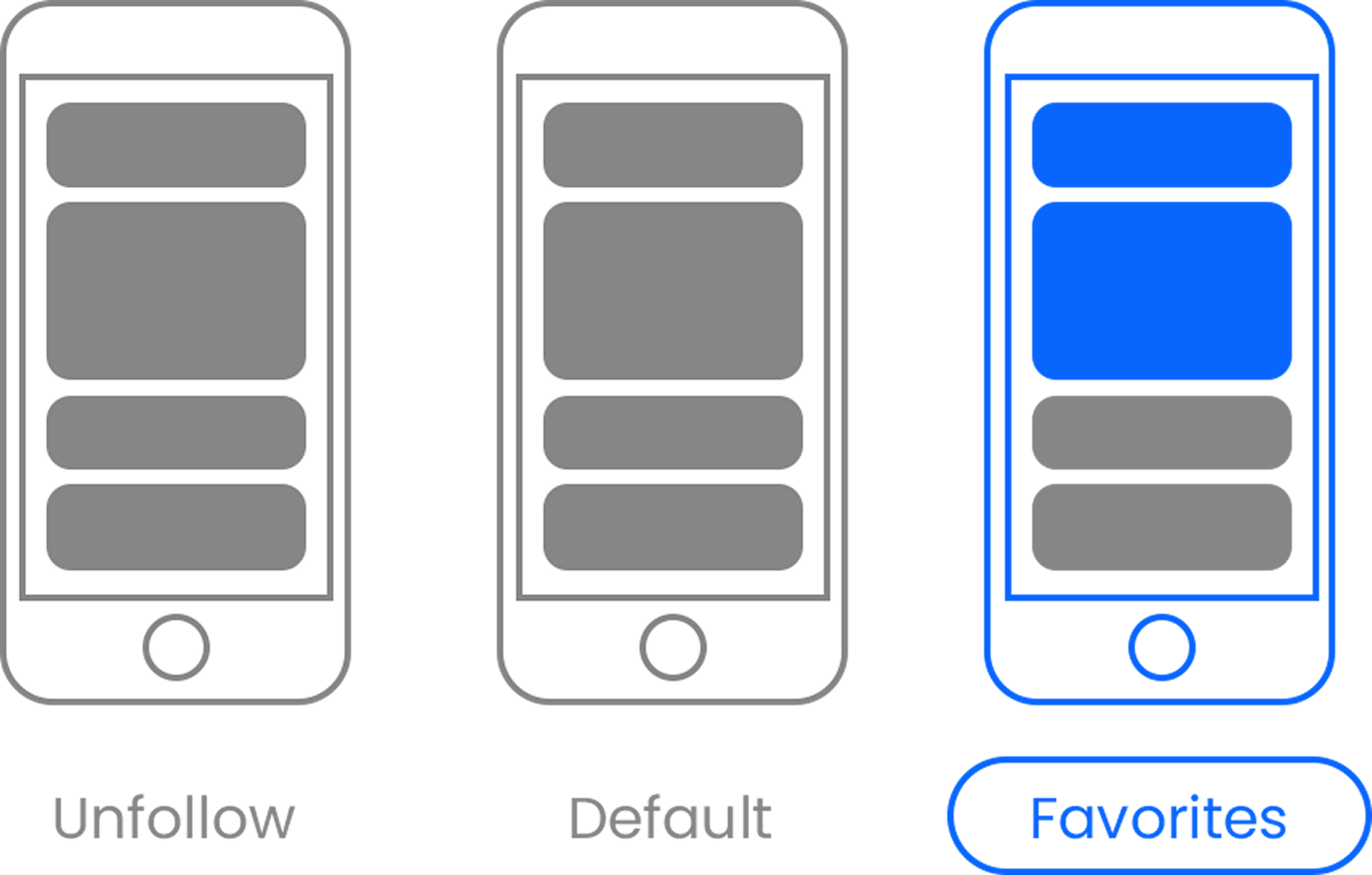









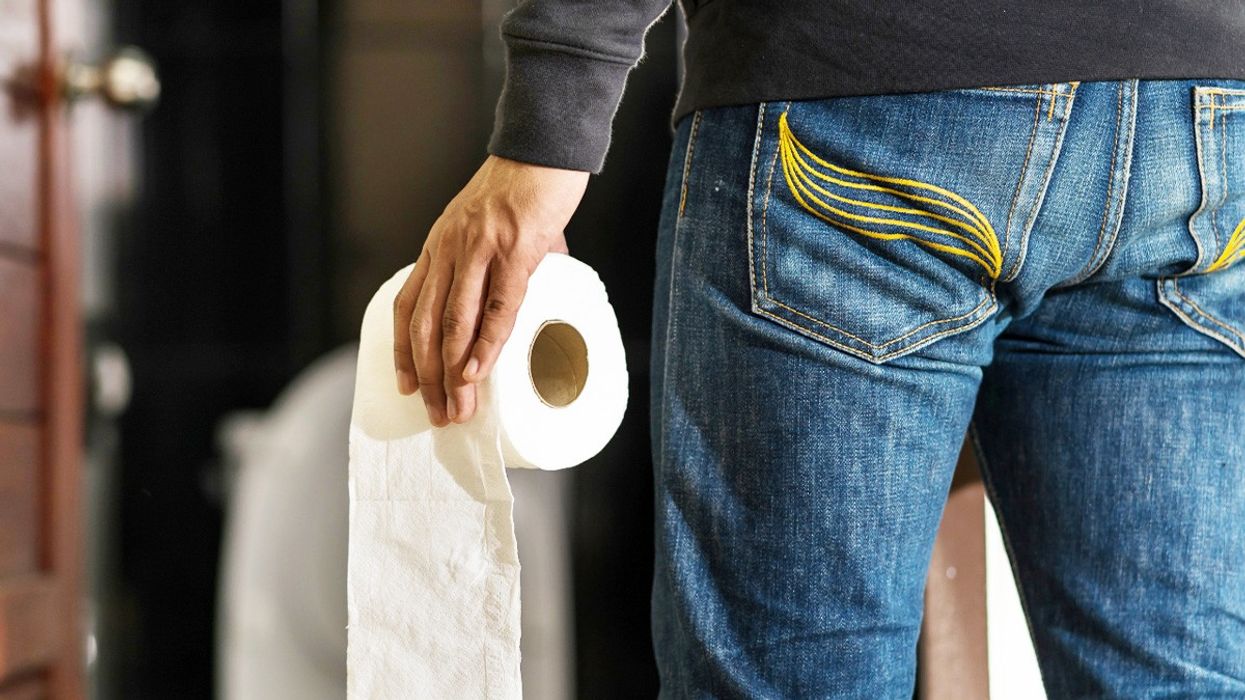




 Floating gardens with solar panels. Image from
Floating gardens with solar panels. Image from  Petroleum jelly. Image from
Petroleum jelly. Image from 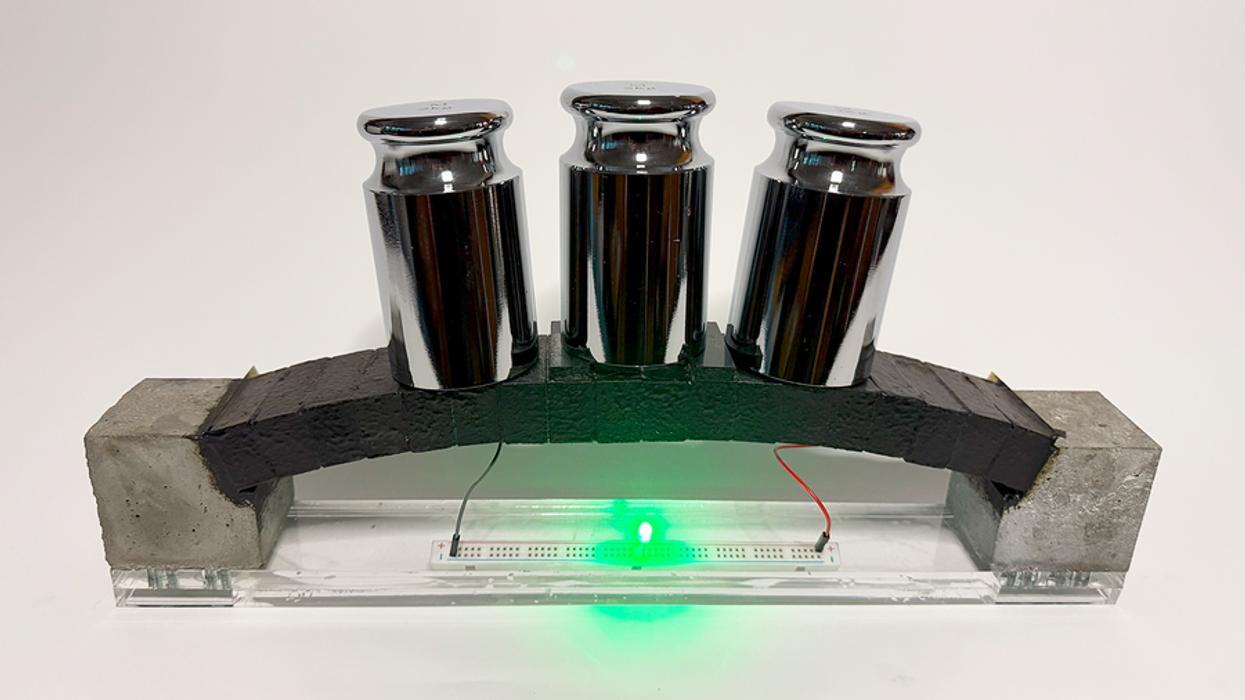
 Man standing on concrete wall.Photo credit
Man standing on concrete wall.Photo credit  The Pantheon in Rome and Hong Kong at sunrise.Photo credit
The Pantheon in Rome and Hong Kong at sunrise.Photo credit  Windmills and green grass.
Windmills and green grass.  Time lapse of blue skies over a solar field.
Time lapse of blue skies over a solar field. 
 3D televisionImage via
3D televisionImage via 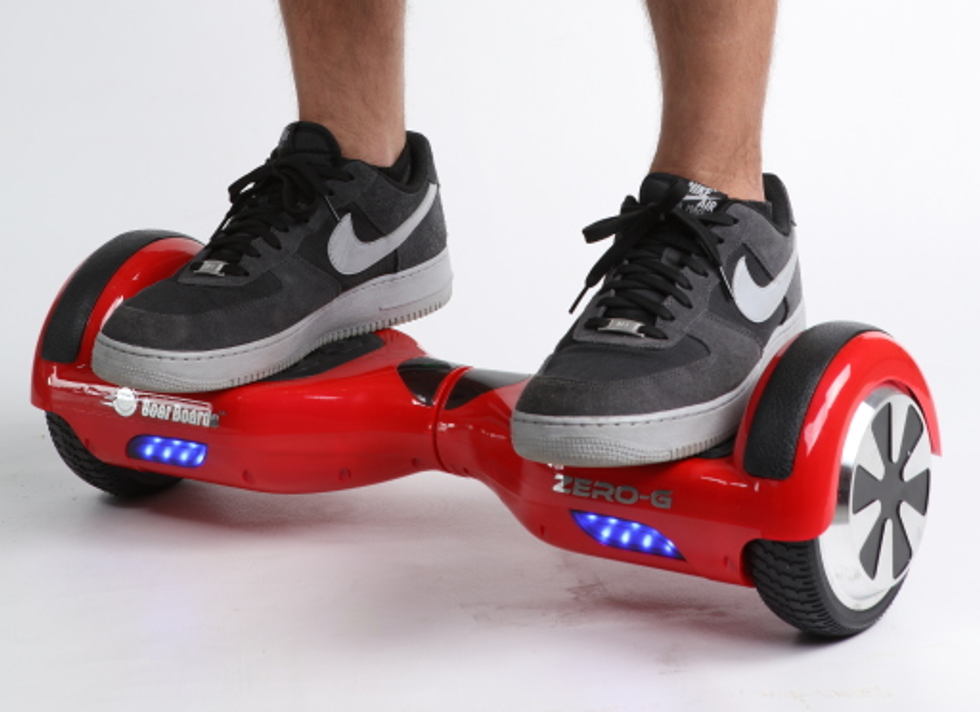 Standing on a hoverboard.Image via
Standing on a hoverboard.Image via  Never ending potato chip kkaleidoscope.
Never ending potato chip kkaleidoscope.  Woman using VR goggles outdoorsImage via
Woman using VR goggles outdoorsImage via  The Las Vegas Sphere
The Las Vegas Sphere 
 For now, the Zoox robotaxis are free but they can only drop passengers off at one of five Las Vegas Strip locations with plans to expand to many more locations in the near future. Zoox
For now, the Zoox robotaxis are free but they can only drop passengers off at one of five Las Vegas Strip locations with plans to expand to many more locations in the near future. Zoox The autonomous vehicles can reach speeds up to 75mph going forward or backward. It has four-wheel steering, known as crab steering.Zoox
The autonomous vehicles can reach speeds up to 75mph going forward or backward. It has four-wheel steering, known as crab steering.Zoox

 A young blind girl reads braille Canva
A young blind girl reads braille Canva A young child reading braille with her fingersCanva
A young child reading braille with her fingersCanva A teacher instructs blind student on how to read brailleCanva
A teacher instructs blind student on how to read brailleCanva
 If you're sweaty like Ted Striker in Airplane, you may get a little more attention at the airport.
If you're sweaty like Ted Striker in Airplane, you may get a little more attention at the airport.  On Key & Peele, Jordan Peele shows us how sweat and nerves combine.
On Key & Peele, Jordan Peele shows us how sweat and nerves combine. 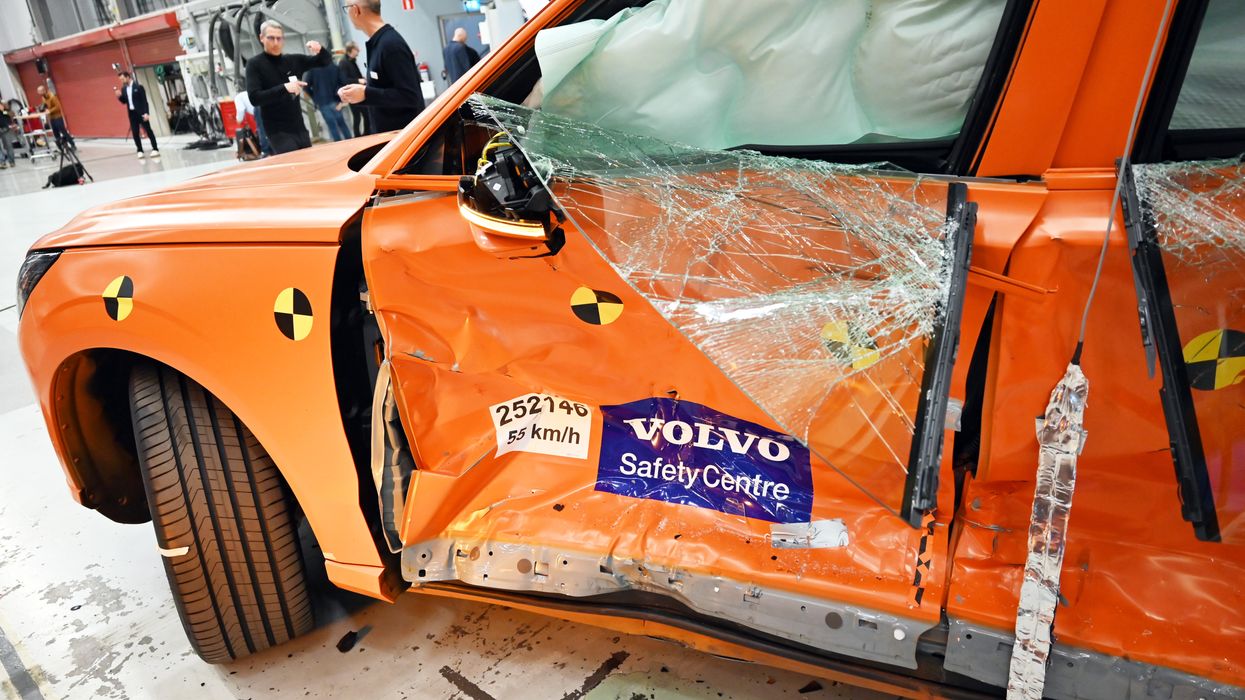
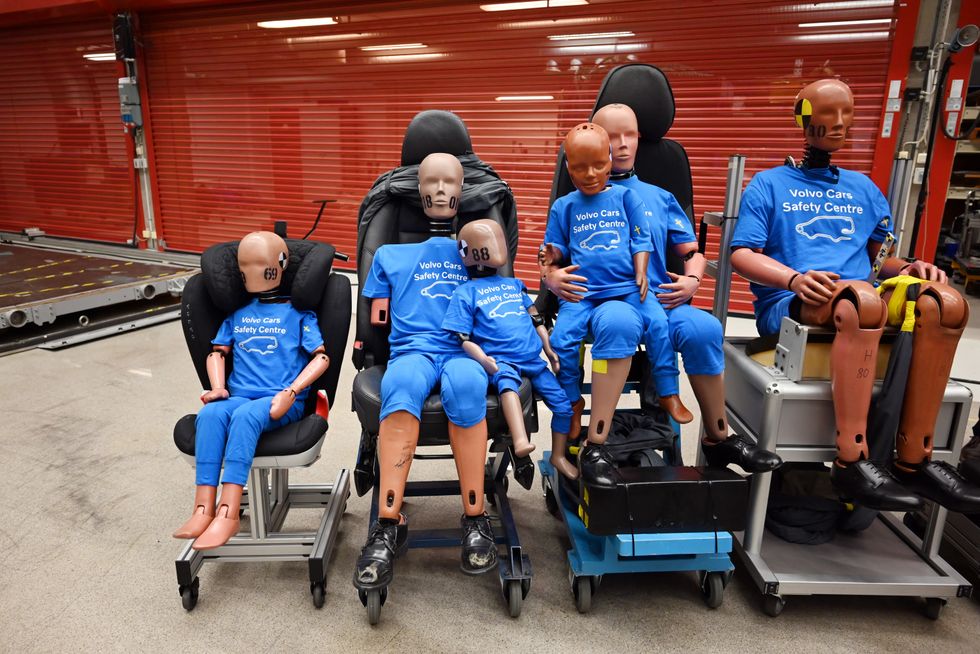 Crash test dummies on the floor of the Volvo Safety Centre Crash Lab in Gothenburg, Sweden. Elyssa Goodman
Crash test dummies on the floor of the Volvo Safety Centre Crash Lab in Gothenburg, Sweden. Elyssa Goodman A crash test dummy in the passenger seat after a crash at the Volvo Safety Centre Crash Lab in Gothenburg, Sweden. Elyssa Goodman
A crash test dummy in the passenger seat after a crash at the Volvo Safety Centre Crash Lab in Gothenburg, Sweden. Elyssa Goodman  Crash test dummies on the floor of the Volvo Safety Centre Crash Lab in Gothenburg, Sweden. Elyssa Goodman
Crash test dummies on the floor of the Volvo Safety Centre Crash Lab in Gothenburg, Sweden. Elyssa Goodman A crash test dummy after a planned crash at the Volvo Safety Centre Crash Lab in Gothenburg, Sweden. Elyssa Goodman
A crash test dummy after a planned crash at the Volvo Safety Centre Crash Lab in Gothenburg, Sweden. Elyssa Goodman